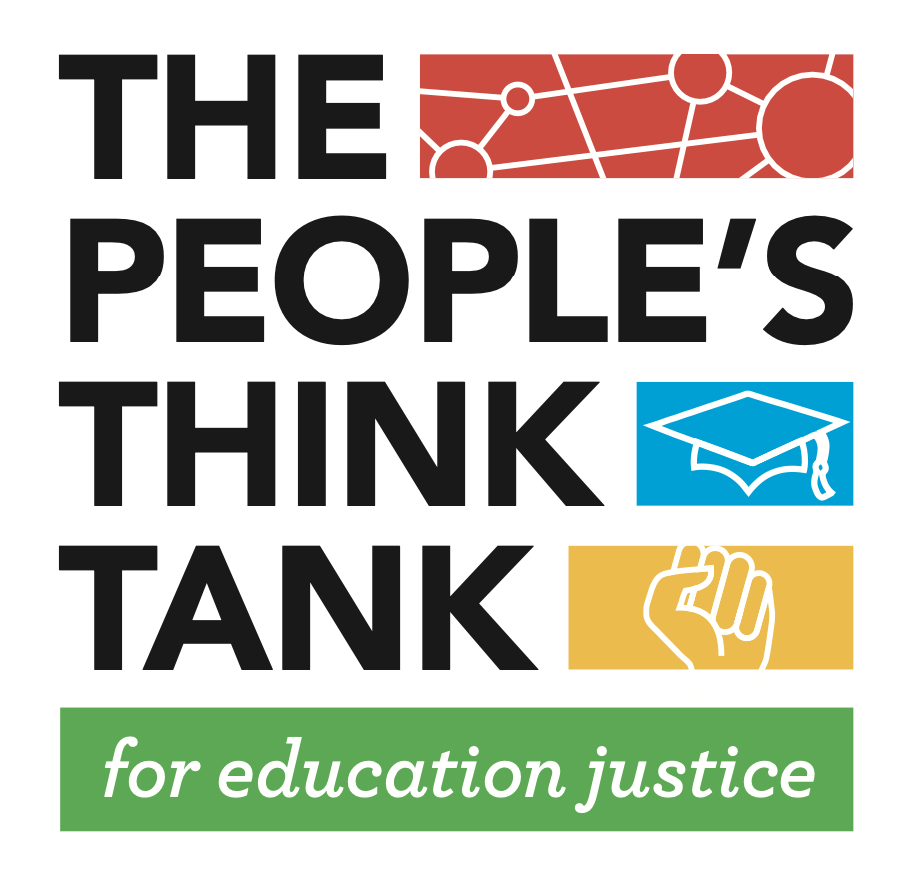
Data come from 30 in-depth interviews and documentation from solidarity-building retreats (fieldnotes, recordings, and group discussion notes), as described in Methods above. According to our preliminary findings, educational justice organizers:
- Understand intersectional analysis and intersectional organizing as not particularly new ideas but rather deeply rooted in African, African American, Chicano/a and Indigenous traditions. While the terminology and some specific approaches were developed recently, the understanding that issues and processes are connected in people’s lives have strong roots in evolved systems of traditional beliefs. Black and Indigenous traditions approach community and youth development from a holistic standpoint, understanding that progress on one dimension of wellbeing can only be attained while addressing issues in a connected way. These traditions see connections not just across issues but also across relationships to intergenerational community, to place, and to the earth. Community organizers each bring a particular way/worldview of articulating this understanding and approach to the larger struggle for liberation, creating a strong basis for solidarity through sharing and mutual understanding.
- Perceive a strong existing basis for solidarity across communities based upon shared histories of oppression. For example, the historical connections of settler colonialism and slavery and the historic connections between African Americans and Indigenous people – as well as shared histories of struggle and survivance (Vizenor, 1994). In other words, communities are already connected, but have been taught and encouraged to divide and compete; communities need to rediscover their connections.
- Argue that there is a need for intersectional approaches and solidarity-building within communities. Communities are often categorized by one dimension, when they contain people with multiple intersecting identities. Organizers substantiate efforts to build solidarity across lines of difference within communities and to center the experiences of those most marginalized, including addressing anti-Black racism in a central way.
- Experience that dominant systems create many obstacles to intersectional solidarity. Available funding streams follow issue silos, and policy targets are typically issue specific. Moreover, organizers argue that the dominant system of public education works to socialize people towards individualistic and siloed understandings and approaches to community and participation.
- Highlight that intersectional strategies are as much about the process to create solidarity as they are a result. These strategies develop as people and communities connect around shared concerns and visions for liberated futures. Organizers describe processes they believe to be important to building solidarity, including relationship-building through storytelling and political education to promote understanding of common root causes to inequities.
In spaces such as the retreat, we implemented processes that proved valuable for creating solidarity with new organizers in our network and among organizers already in our network. We took intentional steps to embody intersectional organizing and utilized emergent strategies (Brown, 2017), radical rest (Hersey, 2022), and healing justice practices (Page & Woodland, 2023).
Participants reported that we created a space for relationship building, sharing, and deep conversations—all key to solidarity. We did this by creating an agenda set by organizers themselves, freeing people from the typical requirement of agreeing on a coalitional platform, holding the meeting at a retreat center, gifting organizers with journals and self-care items, integrating intentional healing and wellness activities, centering BIPOC practices of community-building, and welcoming people to bring their whole selves. We learned that participants are more open to listening to others when they are centered in themselves.
Tensions occurred at the retreat as well. We learned the challenges of centering anti-Blackness and addressing comments that appear to reflect an “Oppression Olympics,” as organizers operate in the system of white supremacy that pits groups against each other. One significant finding from this experience is the need to rediscover how we are already connected, when we are taught to see difference, siloed, and put in competition with each other. We learned that we understand educational justice in new ways, and we make our organizing and demands more inclusive when we build broader solidarity, even if we remain focused on organizing with one primary community or issue.
